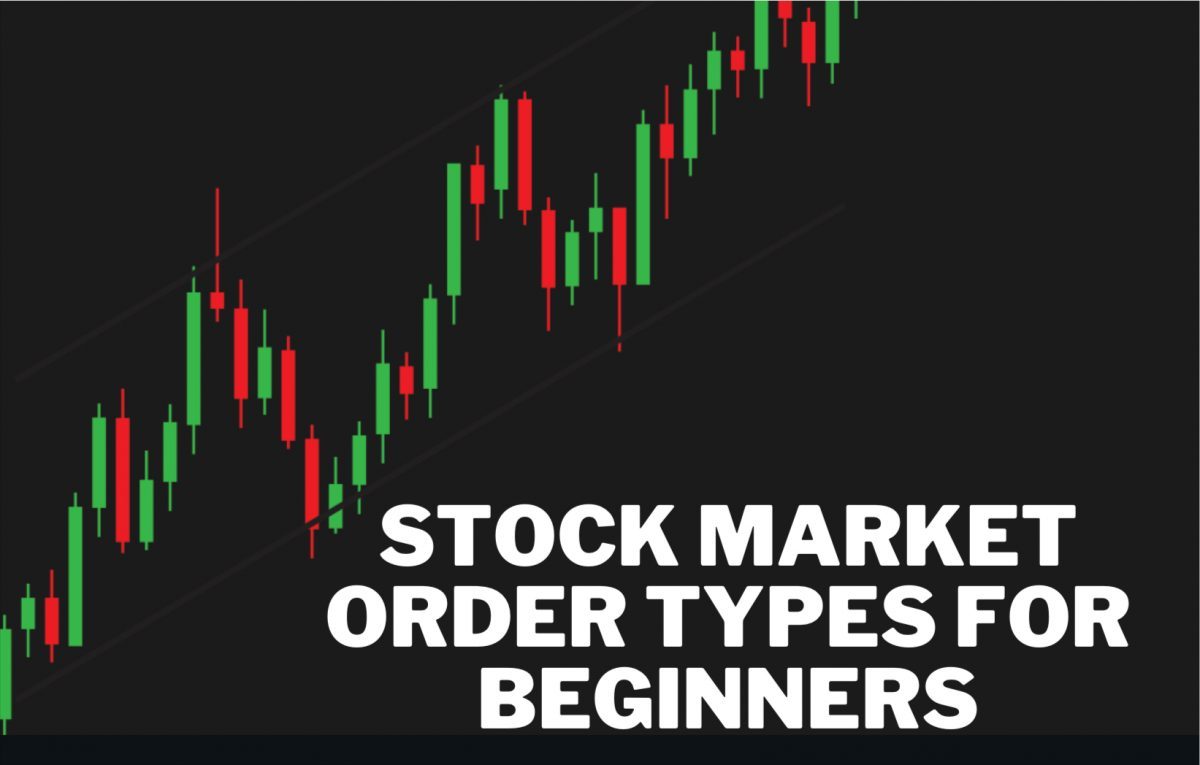Happy New Year!
If one of your resolutions is to get your finances in order and start building a solid investment portfolio, you’re in the right place. In this article, we’ll explore how to quickly build a $10,000+ investment portfolio and set yourself up for long-term financial success. Before we dive in, let’s set the stage. Building a significant investment portfolio takes time, discipline, and patience. It’s essential to understand that this is a marathon, not a sprint.
However, with a solid plan and a commitment to executing it, you can make significant progress in just a few months.
Step 1: Set Clear Goals and a Timeline
Before you start investing, it’s crucial to define what you want to achieve. What is your target investment amount? What is your timeline? Are you looking for short-term gains or long-term growth? Having clear goals will help you stay focused and motivated throughout the process. For the purposes of this article, let’s assume your goal is to build a $10,000+ investment portfolio within the next 6-12 months. This is an ambitious goal, but with a solid plan and the right strategies, it’s achievable.
Step 2: Choose the Right Investment Vehicles
Next, you need to decide where to invest your money. There are many investment options available, each with its pros and cons. For a beginner, it’s essential to stick with tried-and-true investments that have a proven track record of growth. Here are some options to consider:
1. Index Funds: These funds track a specific market index, such as the S&P 500 or the Dow Jones Industrial Average. They offer broad diversification and tend to be less expensive than actively managed funds.
2. Exchange-Traded Funds (ETFs): ETFs are similar to index funds but trade on an exchange like stocks. They offer flexibility and diversification.
3. Dividend-Paying Stocks: Dividend-paying stocks are shares in companies that distribute a portion of their earnings to shareholders. They can provide a steady income stream and potentially lower volatility.
4. Real Estate Investment Trusts (REITs): REITs allow you to invest in real estate without directly owning physical properties. They can offer a steady income stream and diversification.
Step 3: Start Small and Automate Your Investments
Now that you’ve done additional research and considered potential assets to add to your investment porfolio(s), it’s time to start building wealth! Remember, you don’t need a lot of money to get started. You can start small and gradually increase your investment amount over time. To make the process easier and less overwhelming, consider automating your investments. Set up a brokerage account and transfer a fixed amount of money each month. This way, you’ll ensure consistent investment and avoid trying to time the market.
Step 4: Diversify and Rebalance Your Portfolio
As your portfolio grows, it’s essential to diversify your investments to minimize risk. Spread your money across different asset classes, sectors, and geographic regions. This will help you ride out market fluctuations and potentially maximize returns.
Rebalancing your portfolio(s) is also potentially a good strategy to consider. This involves periodically reviewing your investments and adjusting your allocation to maintain your target asset mix. For example, if your stock allocation has increased significantly due to market growth, you may need to reallocate some funds to bonds or other assets to maintain a balanced portfolio.
Step 5: Educate Yourself and Stay Disciplined
Building a successful investment portfolio requires ongoing education and discipline. Stay informed about market trends, economic conditions, and changes in your investments. Continuously learn about investing strategies and techniques to improve your knowledge and skills. Moreover, discipline is key to achieving your investment goals. Avoid the temptation to try to time the market or make impulsive decisions based on emotions. Stick to your plan and stay the course, even when the market gets volatile.
Bonus Tips:
1. Take advantage of tax-advantaged accounts: Utilize tax-deferred accounts such as 401(k), Traditional IRA, or Roth IRA to optimize your investment returns.
2. Dollar-cost average: Invest a fixed amount of money at regular intervals, regardless of the market’s performance, to reduce the impact of volatility on your investments.
3. Consider a robo-advisor: Robo-advisors are automated investment platforms that offer diversified portfolios and professional management at a lower cost than traditional financial advisors. Conclusion: Building a $10,000+ investment portfolio within a short timeframe requires discipline, patience, and a solid plan.
By setting clear goals, choosing the right investment vehicles, starting small, diversifying and rebalancing your portfolio, and continuously educating yourself, you can make significant progress towards achieving your financial objectives. Remember, investing is a long-term game, and staying disciplined and committed will help you reach your goals. Happy investing in the New Year!




